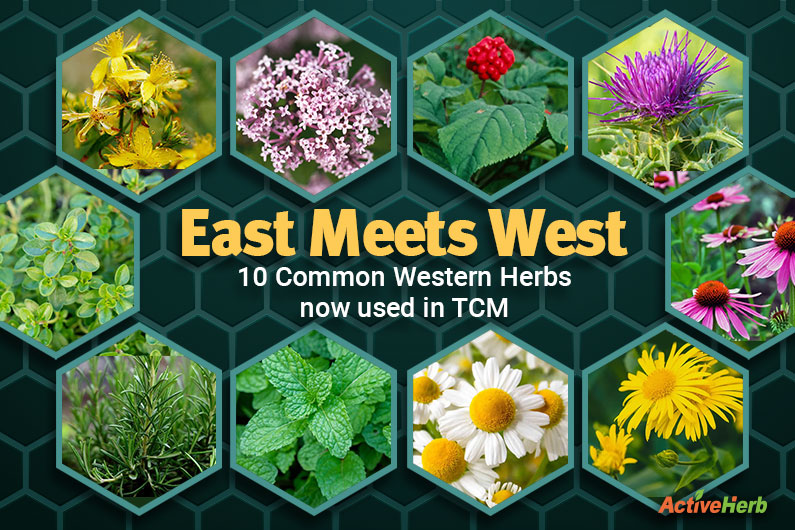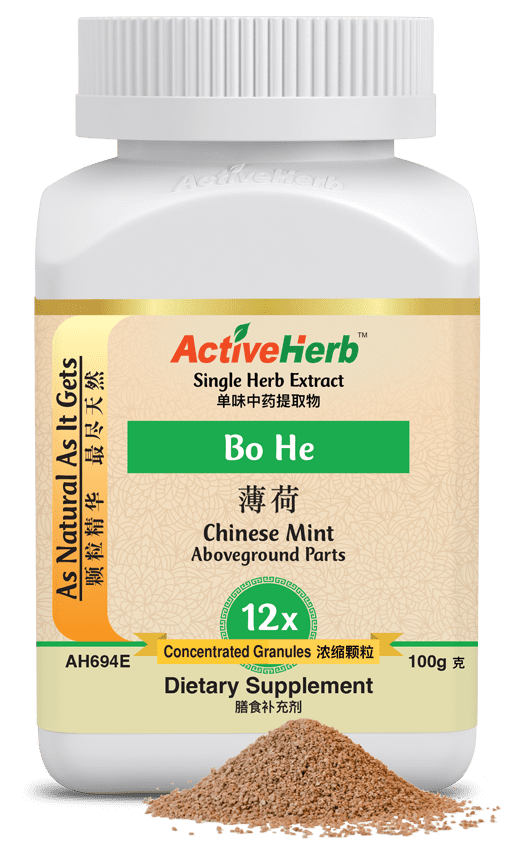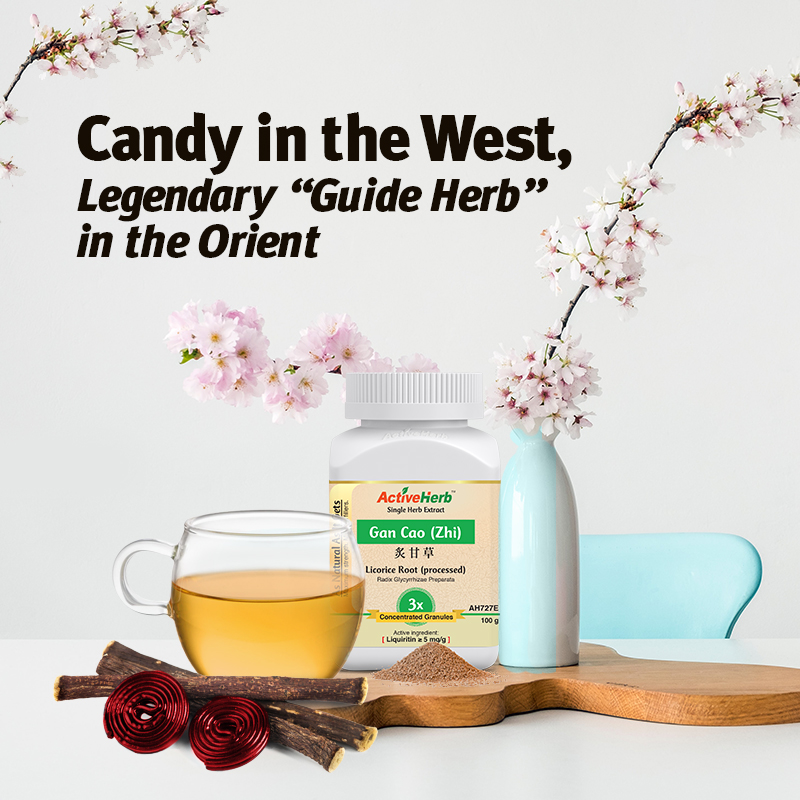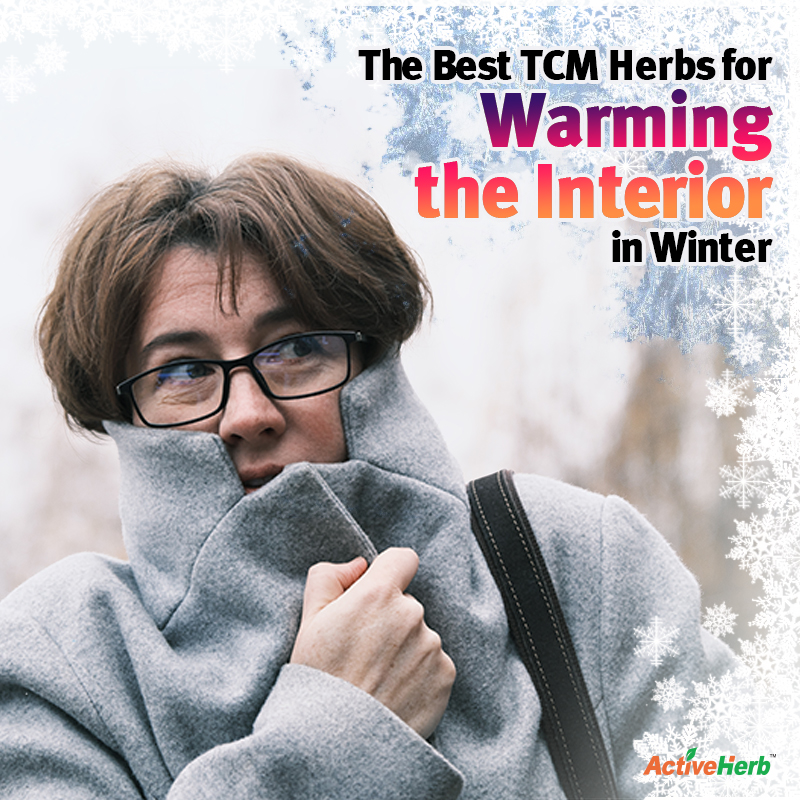East Meets West: 10 Common Western Herbs Now Used in TCM

Is globalization good or bad, or perhaps a little of both? It’s a subjective question. Suppose you think that the modern interconnectedness and interdependence of economies come at the expense of the American manufacturing sector. Fair enough. But there is no denying that one of the greatest benefits of globalization is, drum roll, please …. herbalism.
For centuries, globalization has facilitated a cross-cultural exchange of medicinal plant knowledge, enriching both Eastern and Western herbal traditions. Except for the staunchest supporters of Western medicine, few would argue that it’s good that people in the West have relatively easy access to Chinese medicines and vice versa.
Let’s explore some of the most commonly used herbs that are non-native to China but have been adopted into TCM. We’ll also examine some differences between Western and Chinese herbalism philosophies.
East Meets West: How Western Herbs Became Popular in China
Of course, the knowledge of Western herbs in the East long predates one-click shopping. Thanks to one of the most ancient trade routes, the so-called Silk Road, medicinal knowledge between East and West exploded. The exchange of herbal knowledge especially flourished during the Pax Mongolica (late 13th century to the mid-14th century). This was an era of relative peace and stability under the Mongol Empire that facilitated extensive trade and cultural exchange between traders of East Asia, Central Asia, the Middle East, and Europe.
While Europe descended into an intellectual Dark Age during the medieval period, the Arabic-Islamic Golden Age preserved and spread knowledge to the Far East on classical Greek and Roman texts on herbal medicine. Scholars like Avicenna (Ibn Sina) and Dioscorides translated and synthesized Greek, Roman, Persian, and Indian herbal knowledge. This knowledge influenced the authorship of herbal compendiums such as “The Canon of Medicine” and “De Materia Medica.”
Some Western medicine professionals exhibit an air of supremacy. Likewise, some Oriental medicine advocates mistakenly believe that Chinese medicine philosophy bests Western medicine because of its 5,000-year-old time-tested tradition. However, medical compendiums such as De Materia Medica aren’t exactly the Gen Z equivalent of a herbal textbook. In fact, the five-volume work was written between 50 and 70 CE by Pedanius Dioscorides, a Greek physician in the Roman army. Moreover, it’s not just the fact that Western herbalism is virtually as ancient as the traditional Chinese medical system. The important takeaway is that Western herbalism textbooks influenced the development of herbal pharmacopeias and medical systems across not only Europe and the Middle East but the Far East as well.
Fast forward through the era of European colonization and China’s “Open Door Policy” to the West, and it’s no surprise that Western herbs have become popular in traditional Chinese medicine.
Western Herbs Used in Traditional Chinese Medicine
With that brief history lesson for context out of the way, let’s take a look at some common “Western” herbs that are used in TCM. These herbs are technically not Chinese herbs simply for the fact that they are not native to China.
Ginseng (Panax ginseng)
While Asian ginseng (Radix ginseng, Ren Shen) is native to East Asia, including China, other species of ginseng are used in TCM formulas. American ginseng (Panax quinquefolius) and Siberian ginseng (Eleutherococcus senticosus) have also been incorporated into TCM practice for their stress-normalizing, adaptogenic properties.
St. John’s Wort (Hypericum perforatum)
Native to Europe, St. John’s Wort has been introduced to China and is sometimes used in TCM to alleviate symptoms of depression, calm the Shen (spirit), and promote emotional balance.
Valerian (Valeriana officinalis)
Native to Europe and Asia (but not China), valerian root has been integrated into TCM practice for its sedative properties, ability to calm the Shen, and treatment of occasional sleeplessness.
Milk Thistle (Silybum marianum)
Native to the Mediterranean region, milk thistle has been introduced to China and is sometimes used in TCM to support liver health and detoxification.
Echinacea (Echinacea spp.)
Native to North America, echinacea has gained popularity in TCM for its immune-stimulating properties and is sometimes used in formulas to support the body’s defenses during cold and flu season.
Arnica (Arnica montana)
Though native to Europe, arnica is now incorporated into TCM topical preparations for its anti-inflammatory properties and ability to relieve muscle pain and bruising.
Chamomile
Known for its calming properties, chamomile is often used to promote relaxation and aid digestion.
Peppermint
The peppermint commonly used in the West is the variety Mentha Piperita, which is non-native to China. It’s a hybrid mint, a cross between watermint (Mentha aquatica) and spearmint (Mentha spicata). Native to Europe and the Middle East, Peppermint has been introduced to various parts of the world. In China, peppermint is known as Bo He, which is most often derived from the fresh leaves of Mentha haplocalyx. In TCM, Bo He contains cooling properties, which clears heat, soothe the liver, and alleviate symptoms of digestive discomfort.
Rosemary
You won’t find rosemary for sale on ActiveHerb.com. Still, this beloved culinary/medicinal herb is increasingly used in TCM to resolve wind, dampness, and cold, remove phlegm, and tonify Yang Qi.
Thyme
Like rosemary, thyme isn’t likely to appear on a classic TCM best-seller list. From a TCM perspective, thyme also possesses Lung channel-boosting properties. It warms and tonifies Lung Qi, releases the exterior, expels wind-cold, clears mucus, and calms coughing.
Western vs Eastern Herbalism: Key Differences
Much like over-the-counter medicine, Western herbs are often used to resolve symptoms. In contrast, Chinese herbs are prescribed to address root causes based on a diagnosis that uses TCM theories, as well as tongue and pulse diagnosis.
Another difference between Chinese and Western herbal medicine is that the Western approach often uses one or two herbs to treat symptoms. In contrast, individual herbs are rarely prescribed alone in TCM. Rather, they are given as a formula. A Chinese herbal formula is a balanced recipe of several herbs (sometimes as many as 20) tailored to work synergistically to address the individual’s unique health condition.
This is not to say that Western herbalists simply have a “take two herbs and call me in the morning approach.” In fact, many Western herbalists have extensive knowledge of Chinese herbs.
Another key difference between Western and Eastern herbal traditions is that each Chinese herb is classified by several properties: temperature, taste, direction, function and action, and organ channels that it affects. On the other hand, Western herbs are categorized mainly by function and action.
Finally, traditional Chinese herbalism views health and illness through the lens of the body’s energetic balance in a way that classic Greco-Roman/European herbalism does not. TCM herbalism emphasizes the concept of Qi (vital energy) and Yin-Yang balance. Chinese herbalists use complex formulas that are individually tailored to restore harmony and address the root causes of illness.
Western Herbs Used in TCM
Despite the differences in Western and Eastern herbology, we can turn to a Disney Magic Kingdom ditty to summarize the global exchange of herbal medicine applications: It’s a small world, after all.






